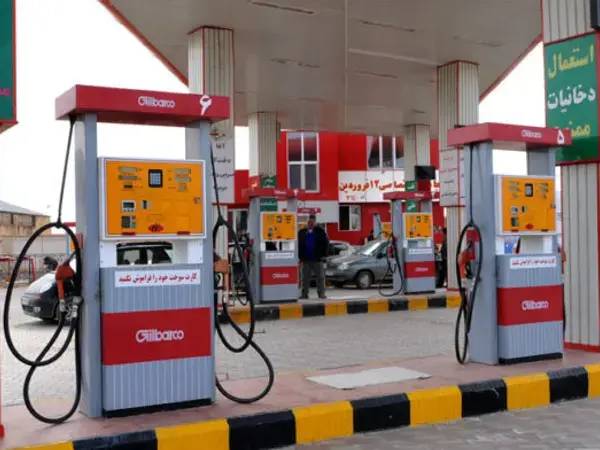Gasoline supply in Iran faced abrupt changes on Sunday, with new limits imposed on daily refueling and fuel station allocations, sparking concern about potential price hikes.
The government that controls fuel products announced that vehicle owners using its rationing system of smart fuel cards are now limited to fueling "twice a day," with a maximum of 50 liters per session.
The new directive reduces the previous refueling limit of 60 liters to 50, although the monthly quota of 300 liters remains unchanged. However, officials did not provide any explanation or the reason for the daily refueling reduction, a move that has alarmed the public and some media outlets.
Under a plan announced in 2023, about 70% of citizens can receive 30 liters of gasoline per refueling session in small towns and 40 liters in large cities.
However, until Iran’s second attack on Israel last week, during which 181 ballistic missiles were fired at the Jewish state, the plan had not been implemented in the capital, where Tehran residents could still refuel up to 60 liters as before.
As Israel has vowed retaliation as a national duty, Iran's critical infrastructure, including refineries are now in the firing line.
Although Iran has one of the world's largest oil reserves, it suffers from gasoline shortages due to the limited refining capacity. President Masoud Pezeshkian raised the issue of higher gasoline prices during the election campaign, but after the victory, his cabinet’s statements were contradictory.
In August, Pezeshkian said in a speech: "There is no logic in buying gasoline at the free market dollar rate and selling it to the public with subsidies."
The remarks faced negative reactions from social media users.
Economic journalist Reza Gheibi, in an interview with Iran International, warned that "increasing gasoline prices" is the government’s ultimate goal. He predicted further measures, including cutting individual quotas and raising both free market and subsidized gasoline prices in the coming years.
Gheibi emphasized that “the current restrictions are a prelude to price hikes, which could trigger social unrest akin to the 2019 protests” that erupted following a 200% gasoline price increase. Those protests saw widespread anti-government demonstrations, which were met with crackdowns, with reports suggesting over 1,500 people were killed by security forces.
The timing of the new fuel restrictions coincides with a major energy crisis in Iran. This summer, the country faced a 20,000-megawatt electricity deficit and a shortage of natural gas, forcing power plants to rely heavily on diesel and fuel oil, both of which have seen dramatic consumption increases. Fuel oil now accounts for 25% of power plants' fuel supply, and this figure is expected to rise to 50% by winter.
According to the Ministry of Oil, Iran's strategic diesel and fuel oil reserves would last only 10 days if no additional fuel is provided for industrial or transportation purposes, raising fears of a prolonged energy crisis. The country's gasoline reserves are also critically low, with only enough fuel to cover one week of domestic demand if consumption spikes during the winter months.
Israel’s reported consideration of targeting Iran's oil refineries as part of a potential retaliation could further cripple the country's energy sector. The loss of refineries such as Persian Gulf Star or Abadan would wipe out 30% of Iran's fuel production, exacerbating the shortages. A single strike on the Kharg oil terminal could cut off 90% of Iran’s oil export capacity, dealing a blow to the economy.
A loss of refinery capacity or further cuts in fuel supplies could plunge the country into hyperinflation, driving poverty levels even higher amid an inflation rate already exceeding 40%.
